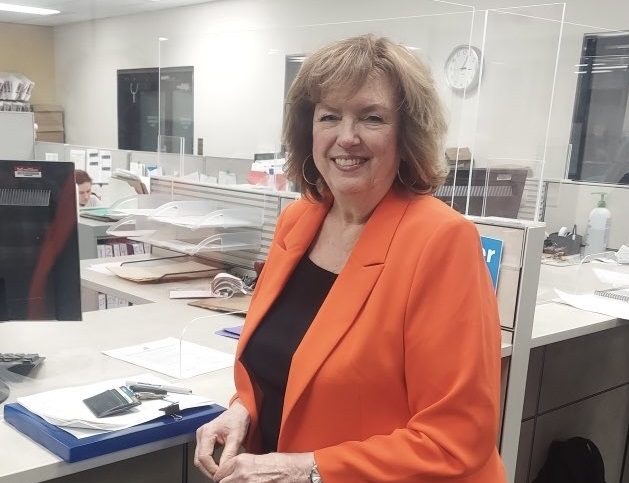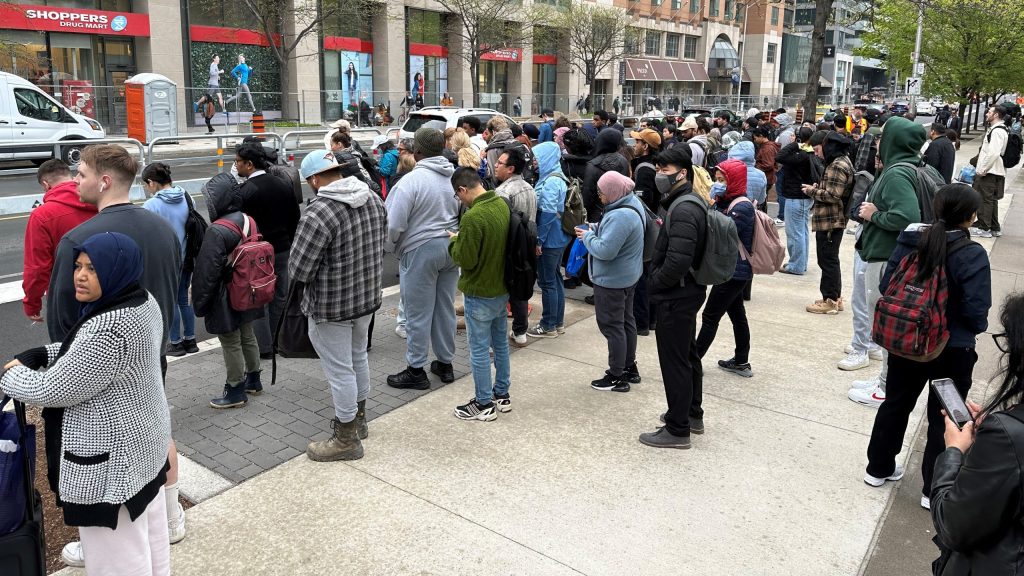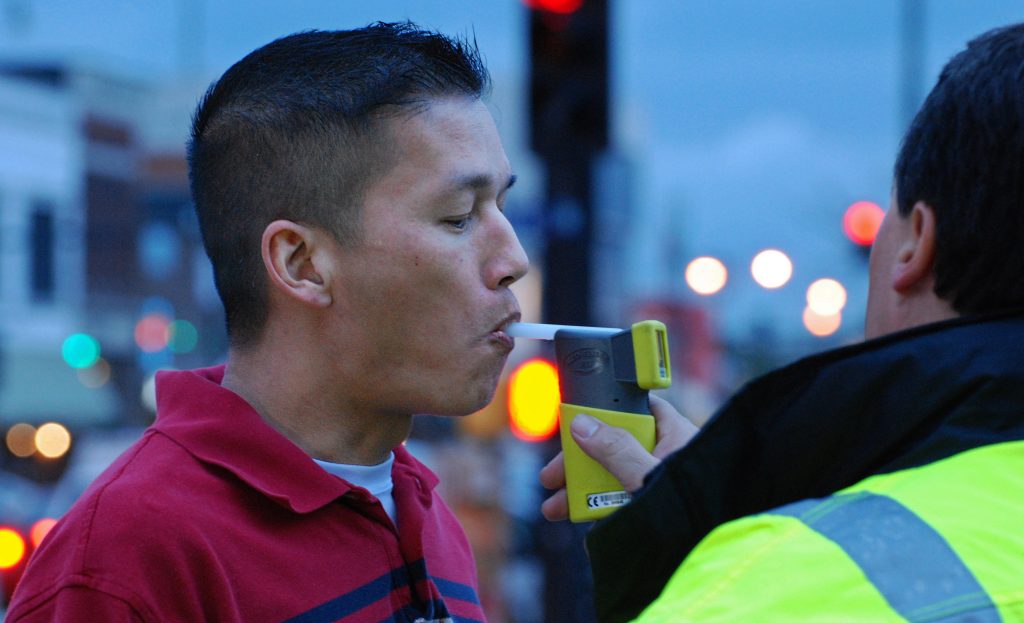Blue Jays president Mark Shapiro asks Toronto council not to extend ActiveTO closures
Posted June 10, 2022 12:55 pm.
Last Updated June 27, 2022 4:04 pm.
Toronto Blue Jays President Mark Shapiro penned a letter to city council asking they not extend ActiveTO and the program’s subsequent road closures — specifically on Lakeshore Boulevard West.
In the letter, Shapiro cites “unprecedented levels of construction and other diversions” already posing a challenge to fans to navigate the city. He says that ActiveTO closures on that portion of the Lakeshore would be a persistent headache for baseball fans planning to attend games at Rogers Centre.
“I am writing to request you do not vote in favour of extending ActiveTO on Lake Shore Boulevard West,” Shapiro says in the letter.
“The Toronto Blue Jays are a major sports franchise that draws millions of fans to Rogers Centre every season. Given the unprecedented levels of construction and other diversions in downtown Toronto, removing one of the only ways into and out of the downtown core would be extremely challenging to our fans, who rely on these routes to attend our games.”
Shapiro’s letter to council comes a few days after news broke that city officials are contemplating a decision to end ActiveTO due to ongoing concerns about weekend traffic.
With many COVID-19 restrictions now lifted — including mask mandates being eased on public transit and other settings — a city spokesperson told CityNews council is being forced to review the program and consider changes.
The City of Toronto is gathering traffic data from recent ActiveTO closures on Lakeshore Boulevard West to report to the council later this month.
“Out-of-town fans are often not aware of ActiveTO”
Shapiro says that the COVID-19 pandemic deeply affected the baseball experience in Toronto, with restrictions and capacity limits forcing the club to play games out of Buffalo for most of the 2020 and 2021 seasons.
Once COVID indicators improved, the Blue Jays returned to Canada but imposed a firm proof-of-vaccination policy that limited the number of fans that observed games from Rogers Centre.

Toronto Blue Jays president Mark Shapiro. (Cole Burston/CP).
“Opening our ballpark for a full baseball season after two years away has been extremely meaningful to our fans and players and an important part of Toronto’s pandemic recovery,” Shapiro noted.
“We recognize ActiveTO played a crucial role in encouraging people to get outside and moving again, at a time when entertainment options were limited; however, the location of this program in 2022 drastically impacts fans’ ability to access the ballpark on summer weekends, when baseball is a main attraction in the city.”
Shapiro cites issues that some non-local fans run into when planning for a game at Rogers Centre, saying, “public transit is not an option.”
“Out-of-town fans are often unaware of ActiveTO and do not know how to allocate extra travel time,” he says. “On the days when Active TO has been in effect on Lake Shore, our local fans have experienced significant transit delays because traffic is ground to a halt on all downtown routes.”
2021 city street data shows stark increase in traffic
ActiveTO was first introduced in 2020 due to COVID-19 restrictions — an outdoor initiative designed to encourage city residents to get out and use the space to their advantage.
The ActiveTO programs included major weekend road closures along city trails “to make space for people, alleviate weekend and holiday crowding, and ensure there is room to be physically active and respect physical distancing.”
According to Spring 2021 ActiveTO cycling, pedestrian and traffic data, estimated travel times on the Gardiner Expressway and The Queensway reached almost double and nearly triple on ActiveTO weekends compared to regular work days.
On weekends in the summer of 2020, the city estimated more than 26,000 cyclists and 10,000 pedestrians used Lake Shore Boulevard West and East and Bayview Avenue during road closures.
Shapiro says he and the city agree that outdoor initiatives are crucial for Toronto residents but not when road closures get in the way.
“As a sports organization, we support folks getting outside and being active, but Toronto has many options and routes to use, whereas our fans do not,” the Blue Jays president said.
“Please do not vote to close Lake Shore Boulevard West.”
With files from Lucas Spadafora










